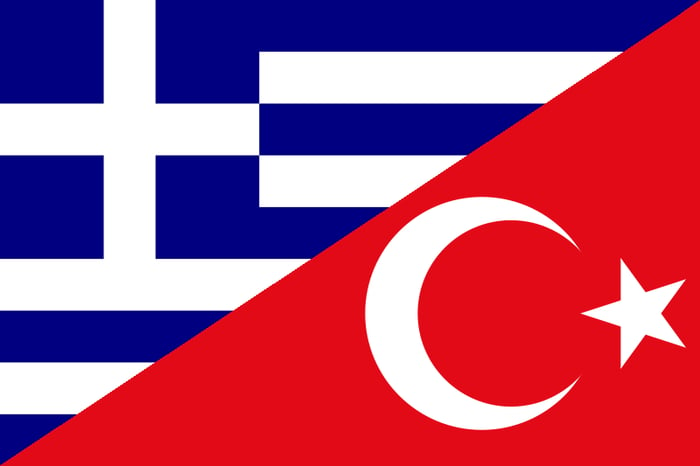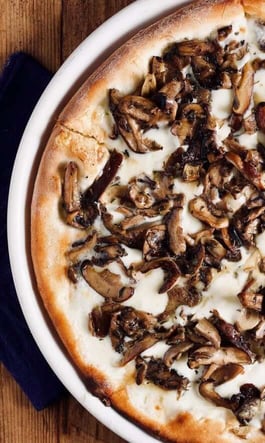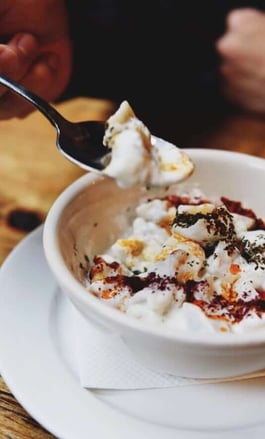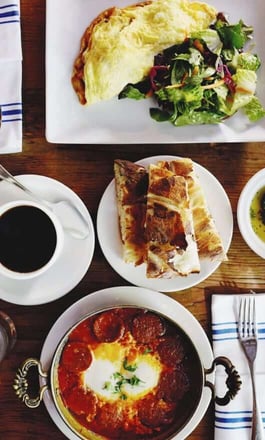What Greek and Turkish Cuisine Share
What do Turkish and Greek cuisine have in common? And how do they differ? Is Baklava Greek or Turkish? And rolled grape leaves? Which country made the first olive oil? What about phyllo pastry? So many mouthwatering questions. One thing is sure, these two countries, situated side by side in the Mediterranean sea, have both been heavily influenced by their Mediterranean culture, which comes out in their culinary processes. They share a similar climate, the prosperous Mediterranean sun, and many of the same landscapes. While their histories differ, they both have a shared but unique heritage, which is beautifully and subtly reflected in their cuisine.
To better understand their cooking, let’s take a look at their history. One of the first residents of Greece, ( 2700 BC), the Minoans, domesticated grains, made the first wines from wild grapes and pressed the first olive oil, which soon became foundational to the Greek economy.
After that, the ancient Greeks arrived from the Ural mountain area, bringing with them cattle and bees for making honey. This people invented bread, developed the wine-making process, cultivated orchards of fruit and nut trees, ancient olive groves, figs, pistachios, and gathered greens.
Turkey, on the other hand, by its mere location, was influenced by Asia and the Middle East, as well as Europe, and of course Greece. It is one of the few self-sustaining countries in the world, thanks to its size and diversity. Much of its culinary heritage can be traced back to the period of the Ottoman Empire, but it also comes from many of its neighbors: wine from Greece, sugar, rice and sweets from Persia, skewered meats (shis-kebabs) and flat breads show nomadic influence.
The Ottomans, among other things, served to bring variety, freshness, color, and refinement to Turkish cuisine, which has been exported throughout the world.
Some dishes are virtually the same within the two countries, while others radically differ. Both the Greeks and Turks have a delicious chicken soup they make, both with a bit of lemon, but the Turks add a bit of yoghurt (a Turkish invention) to theirs and use only egg yolks, while the Greeks use whole eggs. The herbs, spices and vegetables are slightly different as well.
Both the Greeks and the Turks make tasty salads from a variety of raw fresh vegetables; the Greeks may add Feta cheese, while the Turks may spice it up with peppers.
Both the Greeks and the Turks prepare stuffed vine leaves. The Turks have a traditional recipe invented for the Ottoman sultan that uses cherries, dried currants, cinnamon, parsley, dill, and allspice along with long grain rice, lemon juice and olive oil. A typical Greek such preparation (called dolmades) would be made of risotto rice, fennel, mint, onions, lemon juice and olive oil.
And of course, baklava is a heralded treat of both nations. The Greeks refined the pastry, perhaps first developed by the Assyrians, into its famous thin leaf appearance (phyllo means leaf in Greek) and concocted the pastry with honey and walnuts. It was the Ottoman empire that added the pistachios and other spices like, cinnamon, cardamom, cloves.
To eat Turkish or Greek cuisine is truly a celebration of the blending of peoples, ideas, and flavors, all subtly woven together in a savory tapestry, a delight for the eyes.







